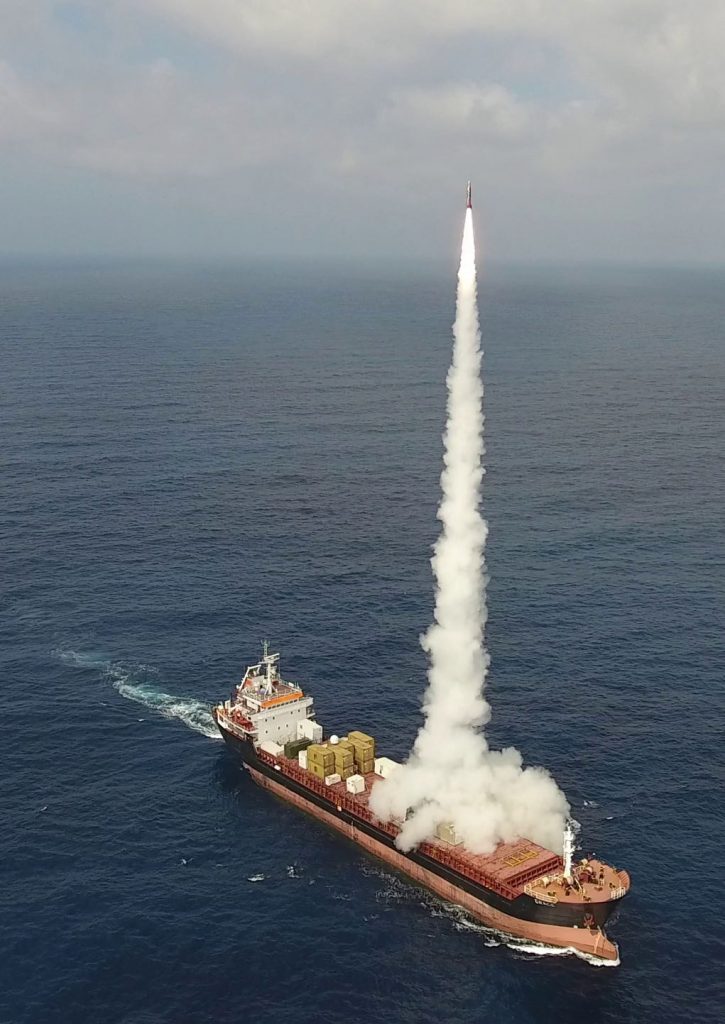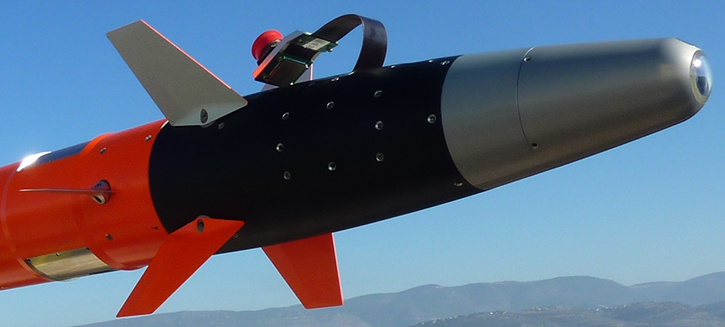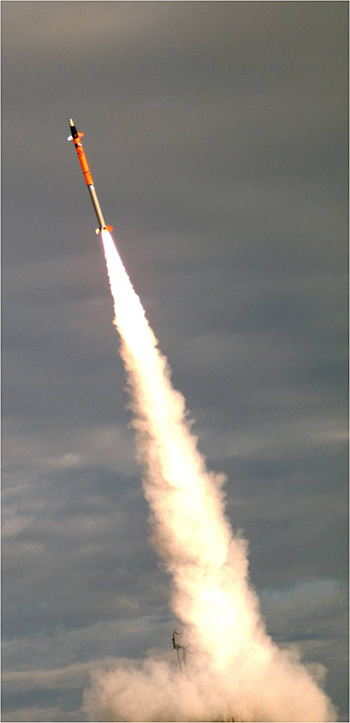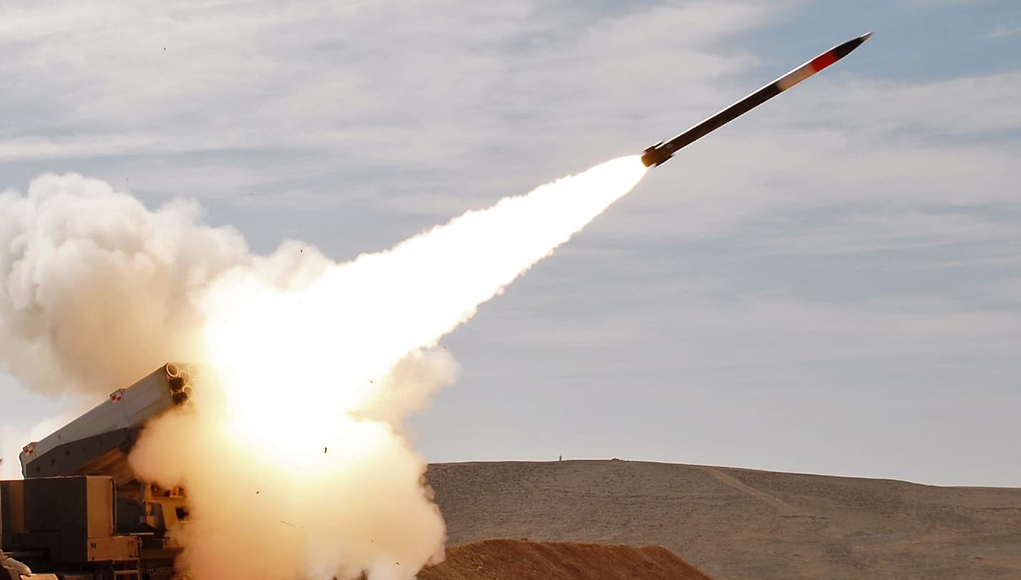Israel’s defense ministry has placed a major order for a number of IMI Systems precision-guided rockets and rocket systems to equip the Israel Defense Forces’ (IDF) artillery corps.
Although Israel has faced rocket attacks since 1968, the IDF remained reluctant to field such weapons on a large scale, particularly due to their lack of accuracy, limited range and safety issues when fired at close proximity to friendly forces. Although the IDF fielded the US MLRS rocket system, the Artillery Corps insisted its accuracy be improved, making Israel the first (and only) M270 user to deploy Trajectory Correction Systems with the standard MLRS.
In recent years, precision-guided rockets developed by IMI attracted the IDF attention, In 2017 the IDF approved the acquisition of the first batch of IMI ‘Spear’ (Romach) 122mm GPS guided rockets for its MLRS battalions, enabling the units to deploy much more accurate fires at ranges up to 40 km.
Each Spear-equipped rocket launcher operates independently and can launch a salvo of 18 independently targeted munitions in 60 seconds. Each rocket carries a unitary warhead weighing 20-35kg kg. Two warheads are available – a penetration warhead used against structures and fortifications and blast-fragmentation warhead using controlled fragmentation. Both can hit their targets at an accuracy of higher than 10 meters CEP.
The Spear is based on IMI AccuLAR rockets that were sold worldwide. The current order establishes initial munitions stocks of the 122mm rockets, and also add new systems to the IDF inventory (these are likely the 300 mm Extra rockets, capable of hitting targets at ranges up to 150 km with the AccuLAR precision.
Defense Minister Avigdor Liberman indicated that as part of the current and future quadrennial plan the IDF will establish a missile force that will be able to hold at risk any relevant target in the region. Such capabilities are enabled today only by the Israel Air Force (IAF) whose air bases are within the range of Hamas, Hezbollah, and Iranian missiles and rockets. Precision-guided rockets deployed on vehicular platforms, naval vessels and aircraft could provide a massive, yet flexible response even under enemy attack.

Three Israeli defense industries are hoping to fulfill orders to equip the new force. IMI, Israel’s largest rocket manufacturer has supplied 300mm EXTRA guided rockets to a number of export customers. The company offers several types of guided rockets in the 160mm, 160mm, 300mm and 600 mm diameters, covering ranges of 30-300 km.
IAI has developed several guidance kits for rockets, including a kit for the popular 122mm GRAD rocket. IAI also developed and exported the Long Range Attack (LORA) ballistic missile, that can deploy a 500 kg warhead at targets at ranges of 400 km. LORA missiles were recently displayed on the national parade in Azerbaijan.
Both IAI and IMI offer guided rockets based on satellite navigation technology that may be compromised by GPS jammers. RAFAEL Advanced Defense Systems, the third manufacturer seeking sales of rockets to the IDF, has developed similar weapons guided by a unique, jam-proof scene matching technique. The company offers the EPIK electro-optical guidance kit derived from the SPICE aerial weapon, enabling a rocket to become a guided weapon with absolute precision, without relying on GPS or other references that may be jammed deceived by the enemy.


In addition to providing absolute precision, EPIK also extends the range of the rocket by 50 percent and enables to set the attack angles and define the hitting point up to a pixel level.
Unlike other precision guidance kits, EPIK uses scene-matching as its primary guidance, enabling the user to overcome GPS jamming, one of today’s major guidance obstacles. To ensure pinpoint accuracy, EPIK is loaded with a reference image (which can be taken by any sensor, even by troops on the ground) comparing it (as the rocket descends) to an onboard mapping database. Multiple different reference images can be loaded to each EPIK-equipped rocket, resulting in a volley of precise guided rockets to multiple different targets, for surgical neutralization of enemy targets.




















